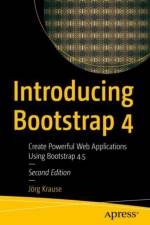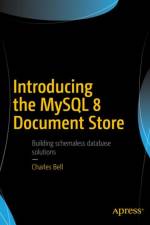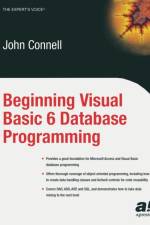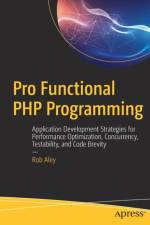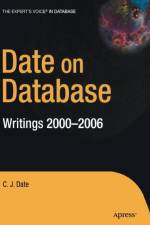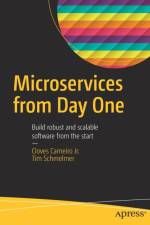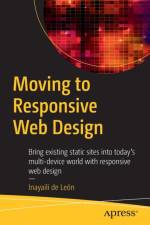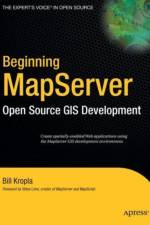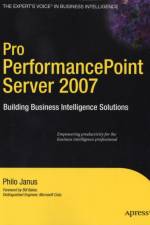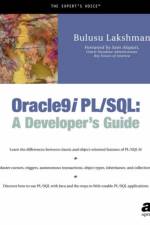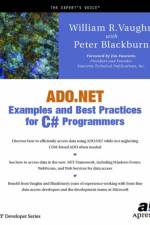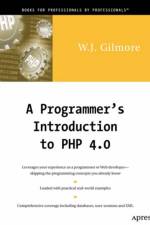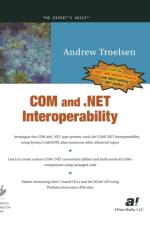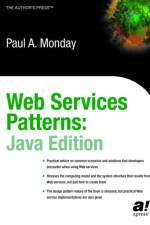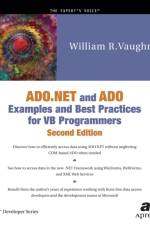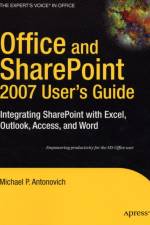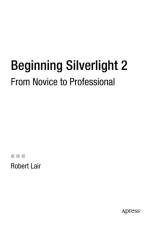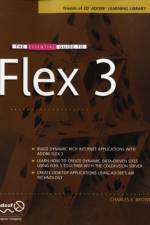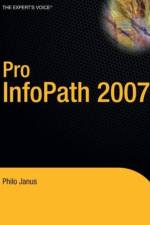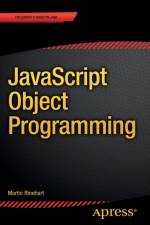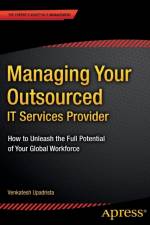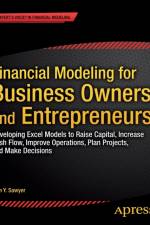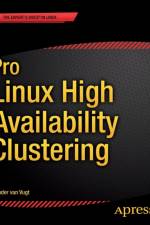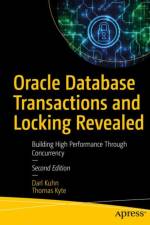- Developing Excel Models to Raise Capital, Increase Cash Flow, Improve Operations, Plan Projects, and Make Decisions
av Tom Y. Sawyer
847
Financial Modeling for Business Owners and Entrepreneurs: Developing Excel Models to Raise Capital, Increase Cash Flow, Improve Operations, Plan Projects, and Make Decisions may be one of the most important books any entrepreneur or manager in a small or medium-sized enterprise will read. It combines logical business principles and strategies with a step-by-step methodology for planning and modeling a company and solving specific business problems. You’ll learn to create operational and financial models in Excel that describe the workings of your company in quantitative terms and that make it far more likely you will avoid the traps and dead ends many businesses fall into.Serial entrepreneur and financial expert Tom Y. Sawyer shows how to break your company down into basic functional and operational components that can be modeled. The result is a financial model that, for example, you can literally take to the bank or bring to local angel investors to receive the funding you need to launch your business or a new product. Or it might be a model that shows with startling clarity that your new product development effort is a likely winner—or loser. Even better, you’ll learn to create models that will serve as guideposts for ongoing operations. You’ll always know just where you are financially, and where you need to be. The models you will learn to build in Financial Modeling for Business Owners and Entrepreneurs can be used to:Raise capital for startup or any stage of growthPlan projects and new initiativesMake astute business decisions, including go/no-go assessmentsAnalyze ROI on your product development and marketing expendituresStreamline operations, manage budgets, improve efficiency, and reduce costsValue the business when it is time to cash out or mergeIn addition to many valuable exercises and tips for using Excel to model your business, this book contains a combination of practical advice born of hard-won lessons, advanced strategic thought, and the insightful use of hard skills. With a basic knowledge of Excel assumed, it will help you learn to think like an experienced business person who expects to make money on the products or services offered to the public. You’ll discover that the financial model is a key management tool that, if built correctly, provides invaluable assistance every step of the entrepreneurial journey.Tom Y. Sawyer has used the principles this book contains to create financial models of numerous startup and early-stage companies, assisting them in planning for and raising the capital that they needed to grow their businesses and ultimately exit with multiples of their initial investment. Financial Modeling for Business Owners and Entrepreneurs, a mini-MBA in entrepreneurship and finance, will show you how you can do the same.Note: This book is an updated version of Sawyer's 2009 title, Pro Excel Financial Modeling.

